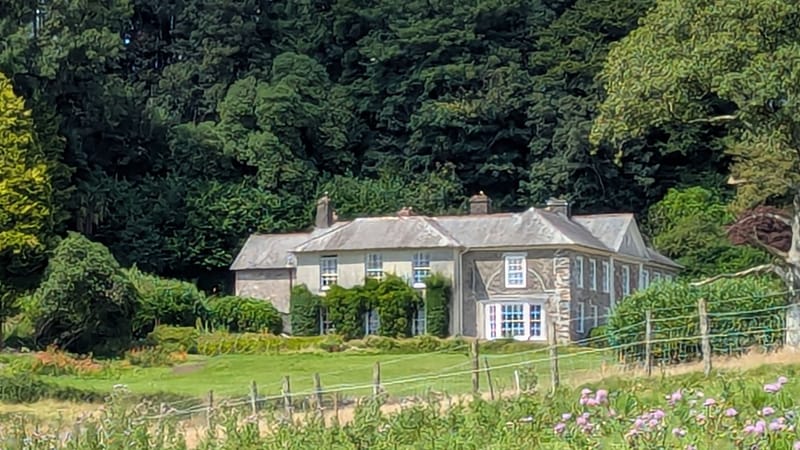East Down 1700-1900

In many ways the community was most active during the nineteenth century.
In 1870-72, John Marius Wilson's Imperial Gazetteer of England and Wales described East Down like this:
"DOWN (East), a parish in Barnstaple district, Devon; round the head-streams of an affluent of the river Taw, 6 miles NNE of Barnstaple town and r. station.
Acres, 3,643. Real property, 3,789. Pop, 418. Houses, 84. The property is much subdivided.
The manor belonged, in the time of Edward III, to the family of Downe; and passed to the Pines and the Coffins. Churchill estate belongs to the Chichesters. The southern part, around the church, is a pleasant valley; and the northern part rises into bold hills. The church is perpendicular English; consists of nave and aisle, with low square tower; and is good."
Around 1800 the church house was rebuilt, in 1823 the National School started and a Sunday School was added in 1827. The Board School, now the village hall, was opened in 1877, the church was extensively restored in 1888 and in 1901 the Methodist Chapel and school was built.
In 1850 there were two carpenters (E. Delve and J. Hassell), a blacksmith (W. Burgess), a shopkeeper (J. Mayne) and 17 farmers resident in the parish. Among the farmers, the names Fry, Chugg, Crang, Lerwill and Passmore re-occur. The Rectory provided a living of £375 per annum with residence, and 87 acres of glebe land.
By 1878 the parish supported a bootmaker, blacksmith, tailor, beer retailer, carpenter, wheelwright, land agent, miller, shopkeeper and 19 farmers.